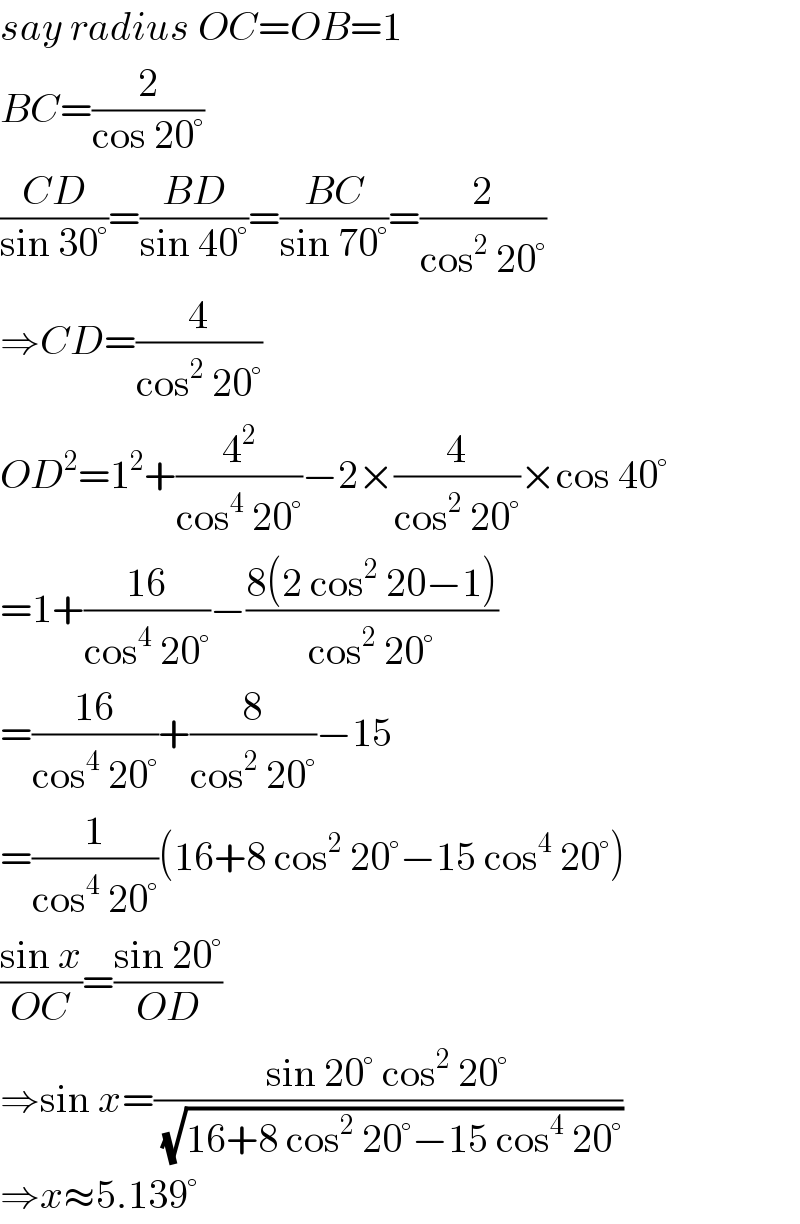
Question and Answers Forum
Question Number 112076 by I want to learn more last updated on 06/Sep/20

Commented by Aina Samuel Temidayo last updated on 06/Sep/20

Commented by som(math1967) last updated on 06/Sep/20

Commented by Aina Samuel Temidayo last updated on 06/Sep/20

Answered by mr W last updated on 06/Sep/20

Commented by I want to learn more last updated on 06/Sep/20

Commented by mr W last updated on 06/Sep/20

Commented by I want to learn more last updated on 06/Sep/20

